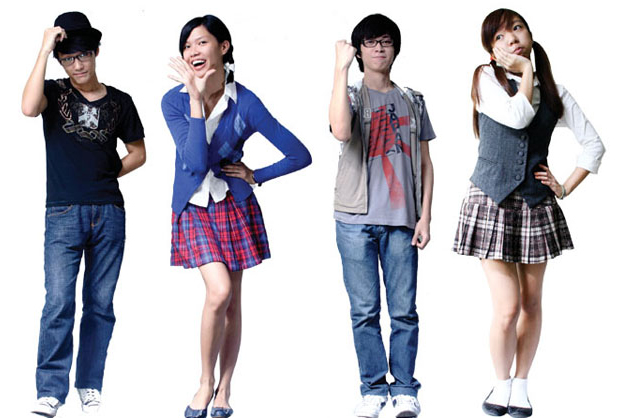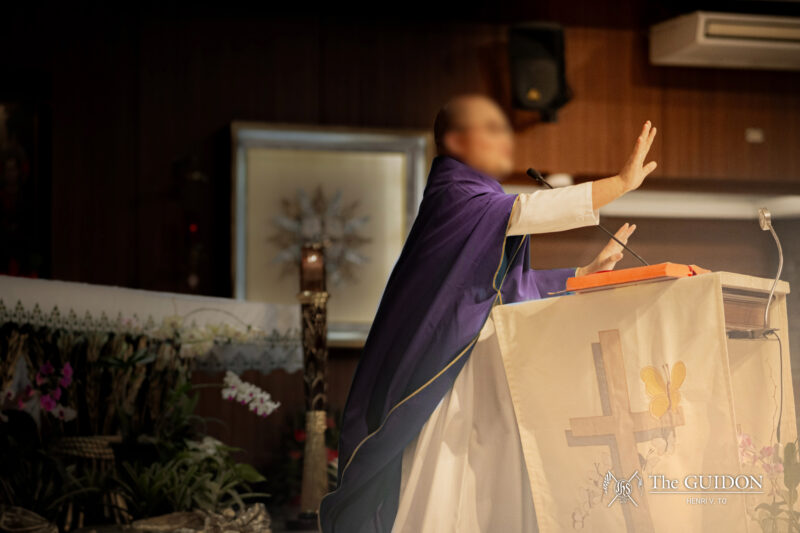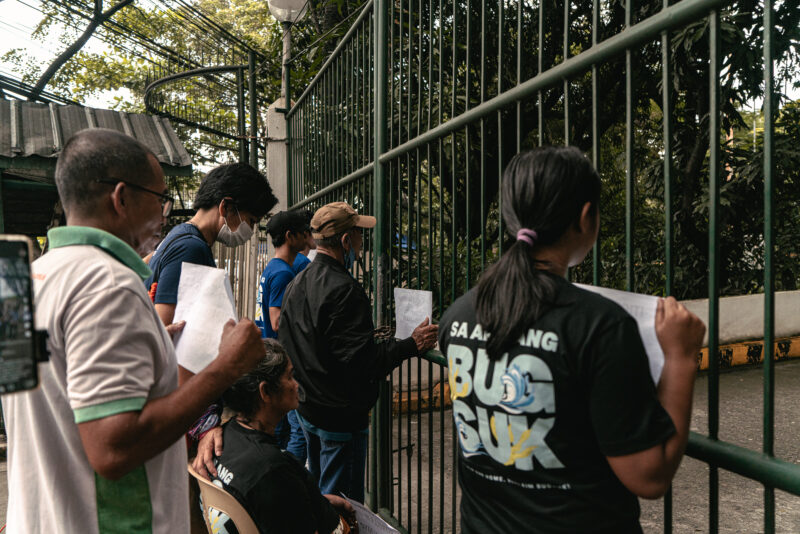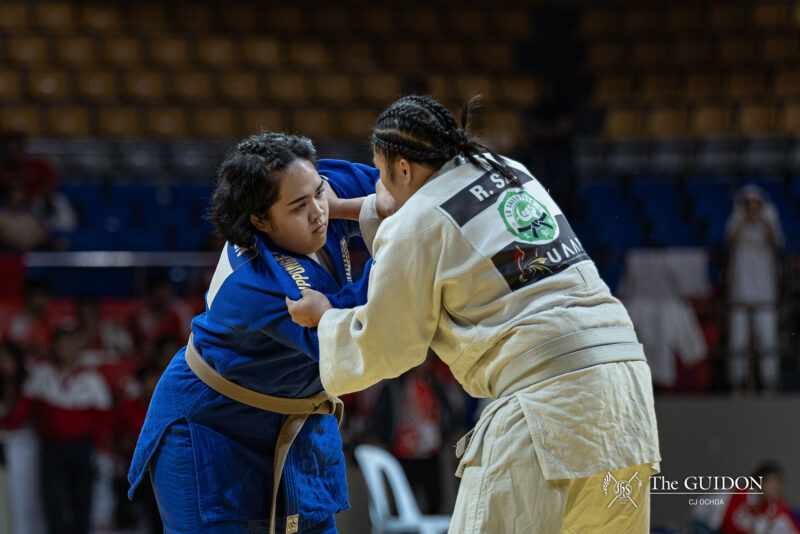K-Pop doesn’t have the best reputation.
This may come as a surprise to fans—we are, after all, the country known for throwing underwear at the stage when Super Junior came to Manila—but the truth is, many Filipinos remain confused by the popularity of Korean pop music.
Perhaps it’s because many think of Asian pop as the one we knew in the 1990s to early 2000s: bad hair, chains dangling from belt loops, and copious amounts of silver jewelry. However, a closer look proves that today’s Asian pop landscape is unrecognizable from even that of five years ago.
And K-Pop has taken center stage, right at the hub of the glittering spotlight.
Clever commerce
While Korea has had pop music since the 1930s, its recent boom can be chalked up to the efforts of big business. Businessmen sensed there was great money to be had in the music industry if one played his cards well, and they were right.
By the late 1990s, discovering, nurturing and packaging talent had become a commercialized process focused on infiltrating non-Korean markets. Companies poured in funds to train new recruits—pre-debut training still lasts for as long as seven years, with artists being sent overseas to learn different languages.
Nowadays, big bucks are shelled out for production: elaborate sets, choreographers flown in from around the globe, stylists so popular that they have their own fans.
Senior Kaye Robles, a longtime fan who runs a K-pop news and review blog (thesqueakytoy.wordpress.com), shares, “If you’re from a big company… fans expect more since everyone knows how long their training process is. If your training time was short, then they expect you must have some incredible natural talent.”
It’s a cycle which breeds quality. The companies produce great acts. Fans thus hold high standards for future debuts, which the companies are then forced to meet.
The science of bias
It’s no secret that many get into K-pop because of the eye candy. They begin listening to a group after singling out a favorite member. This “bias”, as he or she is called, is the hook which draws in the listener, creating interest in the rest of the group.
The vast majority of idols are thus in great shape; those who aren’t toned and gorgeous are few and far between. Even then, biases change. Personality often trumps looks, and even physical attractiveness has no set formula.
The most successful groups thus have a mix of different charms: talent, good looks (both classical and unconventional) and funny personalities.
Musically speaking
Physical attraction isn’t all K-Pop can offer. Ultimately, people stay for the music.
“You could be the best-looking idol, but I can’t like you if you don’t have a good song. Primarily, you’re there to sing and dance—if you don’t, it’s just weird,” says Kaye.
Today’s spectrum is dominated by idol groups and soloists: singer-dancers whose focus is entertainment. The term “idol” comes from how they become the youth’s role models.
“I don’t understand what they’re saying, but the mood is really good.”
– YouTube comment on a 2AM music video
Due to the heavy competition, most of their singles are hook-driven dance tracks. The catchiness makes it easy to get into K-Pop even if you don’t speak the language. Even the ballads are relatively catchy. “My day starts with Korean music. I don’t understand what they’re saying, but the mood is really good”, says one YouTube comment on a 2AM music video.
K-Pop’s competitive nature also pushes artists to have distinct identities, both musically and aesthetically. Take girl groups for example: SNSD has traditionally feminine music and a sexy-cute image; After School is sexier and more mature; 2NE1 has a more independent swagger.
This is good news for the listeners—wide variety means there’s something for almost everybody.
Music snobs may turn their noses up at pop groups, but being in a commercial industry isn’t necessarily a bad thing: some move on to compose or produce their group’s music, or pursue solo projects for more artistic control.
Even within the general idol culture, there are some that don’t fit the typical formula. The bright pop-rock foursome CN Blue actually plays instruments and first gained fame on the indie circuit.
There are other genres of Korean music worth looking into. Fluxus Entertainment handles many of the more “artful” non-idol groups such as W&Whale (electronica), Winterplay (pop jazz), and Clazziquai (experimental jazz-electronica). If you’re new to non-idol music, try My Aunt Mary, one of the more famous pop-rock bands. Their music isn’t as upbeat as K-Pop, and this relaxing quality is precisely what hooks the listener. (Fun fact: their song “Night Blue” was on the OST of Marine Boy, a film partially shot in Cebu.)
K-Pop at every turn
Idol culture spills over into other parts of Korean media.
Some idols go into acting, such as After School’s UEE (Queen Seon Deok), CN Blue’s Yonghwa (You’re Beautiful) and Big Bang’s TOP (Iris). Idols also appear on variety shows like Strong Heart and Star Golden Bell. Situational experiments are likewise popular—We Got Married pairs up idols and lets them experience married life.
Some get a show all to themselves. Super Junior had Exploration of the Human Body, an experiment-based educational program where they inhaled laughing gas, tasted the world’s hottest chilies, and ate yogurt while hanging by their ankles from the ceiling.
These shows are popular because they show the idols’ personalities and little quirks, right down to the way they laugh. And we fans eat it right up.
K-Pop fans are happy fans
Barring the crazily possessive fans (and the even crazier anti-fans), the K-Pop fandom has a great sense of community. As Kaye puts it, there are “levels of crazy”; you just need to know which fans and forums to avoid.
A popular online watering hole is Omonatheydidn’t, a Korean pop culture community known for its witty comments and macros. Many members even become friends and trade e-mails regularly. Membership is moderated, but reading the comments alone is entertaining enough—it’s a fun place to be.
Being a fan has real-life perks as well.
Seniors Reese Lansangan and Mish Umali have many stories about interacting with their favorite groups. Together, the two friends have attended press conferences, gotten free front row tickets to SHINee’s concert—Mish is their Philippine fan club head—and even hugged 2PM’s Nichkhun.
Mish explains why groups are accessible to the fans: “When Korea gets news that [a group] has a lot of fans from other countries, that’s when they gain popularity in Korea. [So companies] send them on promotional tours.”
From their experience, artists from both inside and outside K-pop are very appreciative towards fans. This is especially apparent in smaller groups. The RnB trio OneWay, not being a K-Pop group, has a very small following within Korea—300 registered fans, to be exact.
So when 2000 Filipino fans attended their Manila concert last month, their thank you messages continued throughout the concert and onto Twitter. During the press conference, they even recognized Reese—also a musician from the Ateneo Musicians Pool (AMP)—as the girl who covered their song “Magic”!
She had Tweeted it to them, not expecting a response. However, all the members watched her video; one even sent a message saying she sang it better than most guys could.
“They’re nice to fans because they know fans are the ones who appreciate your music and efforts”, says Mish.
What it all means
Whether you look at it from the aspect of music production, business management, or public relations, K-Pop is a complex industry. Even those who don’t like K-Pop can appreciate this fact.
Mish says, “[The jologs reputation] is crazy. We look down on [Korea’s pop culture], but how do you think we look to them? Are we even producing [pop music] on that level?”
But whether or not the people around them approve, K-Pop fans will continue listen to the music of their choice.
As Reese says – “Music is music. You like what you like.”







